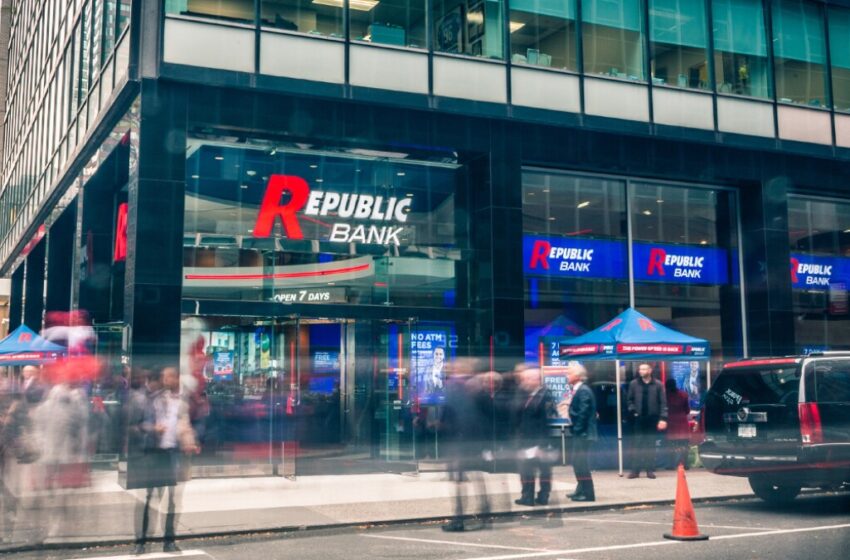
IMAGE CREDIT: American Banker
Another US Bank Shut Down by Regulators in Pennsylvania
The fears of a contagion spreading to US banking sector resurfaced as the Pennsylvania’s bank regulator and Federal Deposit Insurance Corporation (FDIC), established by the US Congress, took over the assets of the Philadelphia-based Republic First Bank (which was doing business as Republic Bank) on April 26.
The Republic Bank, the first bank to be shut by the US regulators this year, had approximately $6 billion in total assets and $4 billion in total deposits. The FDIC estimates that the cost to the Deposit Insurance Fund (DIF) related to the failure of Republic Bank will be $667 million.
The FDIC determined that compared to other alternatives, the Philadelphia-based Fulton Bank’s acquisition of Republic Bank is the least costly resolution for the DIF, an insurance fund created by Congress in 1933 and managed by the FDIC to protect the deposits at the nation’s banks. Republic Bank is the first U.S. bank failure this year; the last failure was Citizens Bank, Sac City, Iowa on 3 November 2023.
The FDIC said that all 32 Republic First Bank branches in New Jersey, Pennsylvania and New York re-opened on Saturday as branches of Fulton Bank, doubling Fulton’s presence in the Philadelphia market.
As part of the deal, the Fulton Bank bought assets of around $5.2 billion, which includes an investment portfolio of nearly $2 billion and loans & leases worth almost $2.9 billion. Moreover, Fulton’s assumed liabilities are worth roughly $5.3 billion, which include deposits of approximately $4.2 billion and other borrowings and liabilities of around $1.3 billion.
Turmoil Continues
It may be recalled that the US banking sector suffered a series of setbacks when three major banks were closed in 2023.
Silicon Valley Bank (SVB), the 16th largest bank in the country, collapsed in a matter of days, followed by Signature Bank and First Republic Bank, marking the largest bank failures after the debacle of the Washington Mutual Bank in 2008.
Triggered by sizable deposit outflows, this raised concerns about the soundness of the rest of the US banking sector, in particular, other banks of similar or smaller size with large amounts of uninsured deposits, unrealized losses, and commercial real estate exposures.
Prior to the takeover of Republic First Bank last week, the last bank to fail was Iowa-based Citizens Bank in November 2023.
The collapse of these US banks, some of them classified as large institutions, highlighted the lack of preparedness of some financial institutions for the higher interest rate environment after a long period of low rates.
Between March 2022 and September 2023, amid stubbornly high inflation, the US Federal Reserve increased the effective federal funds rate by 525 basis points—the fastest monetary tightening cycle since the 1980s, bringing the policy rate to levels not seen since before the global financial crisis.
On its part, the US government launched a new facility (the Bank Term Funding Program or BTFP) which provided banks with funding at par with no margin applied to the eligible collateral and contributed to the restoration of confidence in the country’s banking system.











